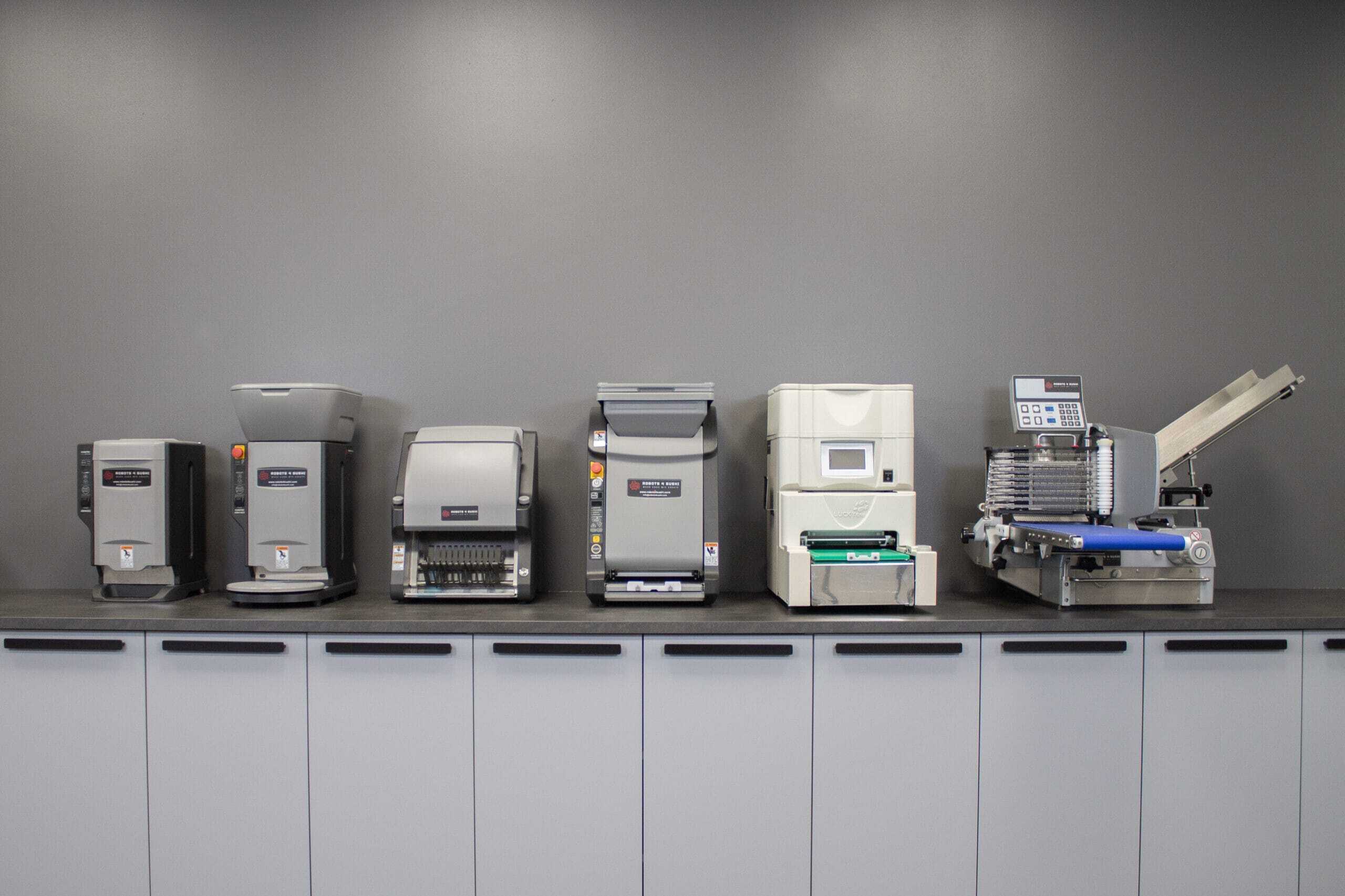- WORLDWIDE SHIPPING
- 3 YEAR WARRANTY

















Sushi robots, often referred to as sushi machines, are gaining traction in the restaurant scene. These innovative devices bring a host of advantages for sushi spots, dark kitchens, and takeout services. Let’s dive into how these sushi robots operate and what makes them so beneficial!
A sushi robot is essentially a machine designed to streamline the sushi-making process. It usually includes a variety of components, such as a rice mixer, rice cooker, a sushi roll or maki maker, a maki cutter, and a nigiri maker.
To operate a sushi robot, the first step is to prepare the rice mixture and load it into the machine’s hopper. Once that’s done, the machine takes the reins, spreading the rice out on a conveyor belt, adding in fillings like fish or veggies, and rolling everything up into a neat cylinder. In the end, a sharp blade slices the sushi into individual pieces.
Increased Efficiency: Sushi robots can produce sushi rolls much faster than traditional methods. This means that restaurants can process more orders and serve more customers in less time, which can help increase revenue.
Reduced Labor Costs: With a sushi robot, sushi chefs can focus on other tasks, such as preparing ingredients and making other menu items. This can help reduce labor costs and free up staff for other duties.
Improved Consistency: Sushi robots can produce consistent sushi rolls every time, ensuring that customers receive the same quality of food with every order. This is particularly important in a high-volume restaurant where consistency is key.
Enhanced Food Safety: Sushi robots are designed to work in a sterile environment, which reduces the risk of contamination and ensures that food is prepared safely. Additionally, many sushi robots have built-in temperature control to ensure that sushi is stored at the correct temperature to prevent spoilage.
Faster Turnaround Time: Sushi robots can produce sushi rolls quickly, which means that dark kitchens can process more orders and serve more customers in less time. This can help increase revenue and reduce wait times for customers.
Increased Consistency: Sushi robots can produce consistent sushi rolls every time, ensuring that customers receive the same quality of food with every order. This is particularly important in a dark kitchen where orders may be coming in from multiple sources.
Reduced Labor Costs: Sushi robots can help reduce labor costs by automating the sushi-making process, allowing kitchen staff to focus on other tasks. This can help reduce the need for additional staff and free up resources for other duties.
Improved Food Safety: Sushi robots are designed to work in a sterile environment, which reduces the risk of contamination and ensures that food is prepared safely. This is particularly important in a dark kitchen where food safety is a top priority.
Faster Service: With a sushi robot, takeaways can produce sushi rolls much faster than traditional methods. This means that customers can receive their orders more quickly, which can help increase customer satisfaction.
Consistent Quality: Sushi robots can produce consistent sushi rolls every time, ensuring that customers receive the same quality of food with every order. This is particularly important in a takeaway where customers may be ordering from multiple sources.
Reduced Labor Costs: Using a sushi robot can help reduce labor costs for takeaways, as it automates the sushi-making process and reduces the need for manual labor. This can help reduce the need for additional staff and free up resources for other duties.
Improved Food Safety: Sushi robots are designed to work in a sterile environment, which reduces the risk of contamination and ensures that food is prepared safely.